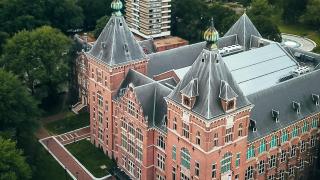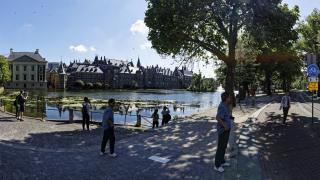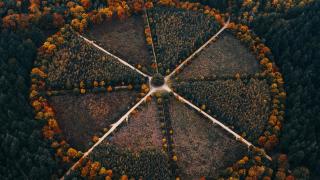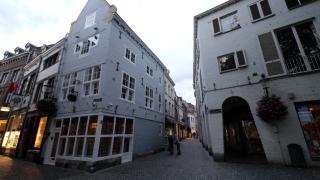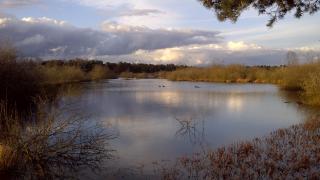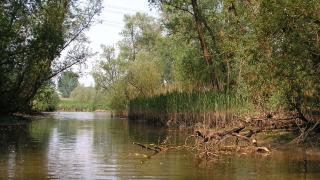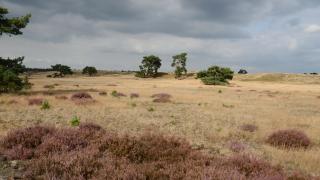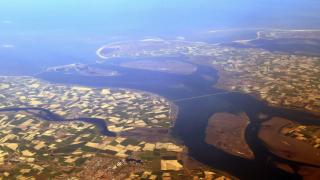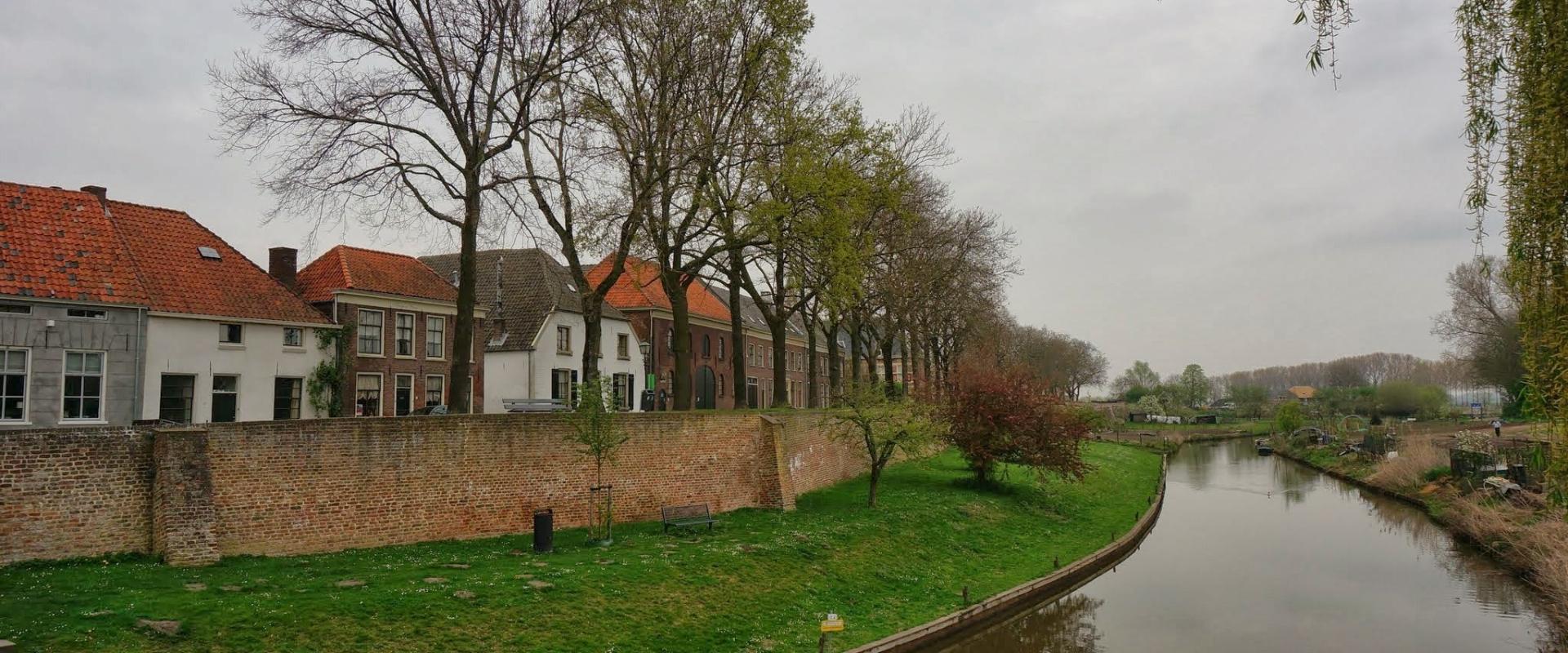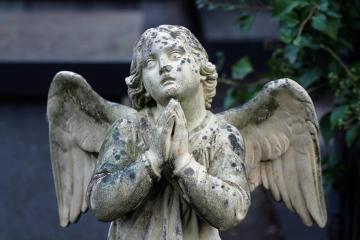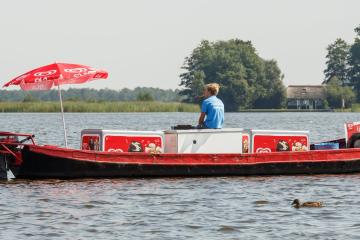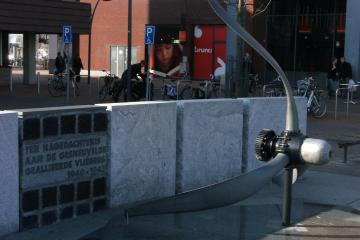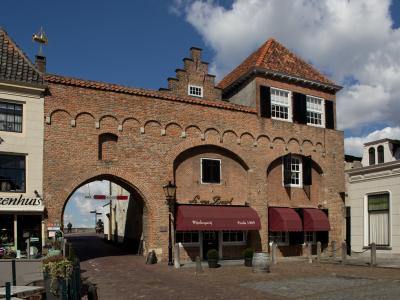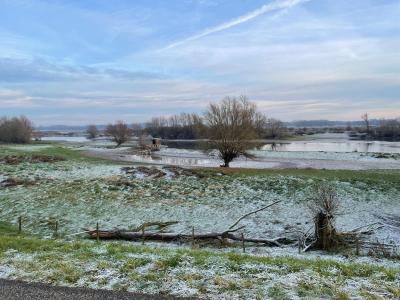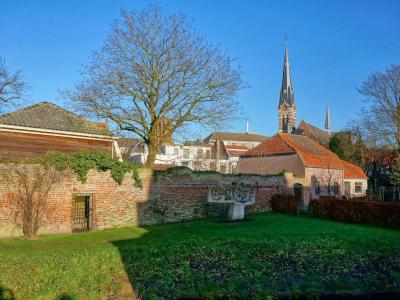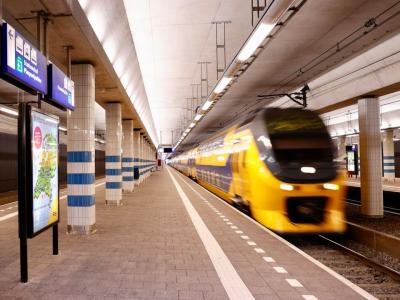Buren
Royal heritage, medieval walls, and Betuwe orchards
Buren, nestled in the fertile Betuwe region, is a town where history and tradition are woven into every street and square. Its origins date back to the Middle Ages, when it developed as a fortified settlement along the Linge River. Buren’s strategic location and defensive walls made it an important stronghold, and its prosperity grew through trade, agriculture, and noble patronage. The town’s most enduring legacy is its connection to the Dutch royal family: in the 16th century, William of Orange married Anna van Buren, making Buren the ancestral seat of the House of Orange-Nassau. Today, Buren is affectionately known as the 'Orange City,' and its royal heritage is celebrated throughout the town.
The historic center of Buren is a delight to explore. Visitors can stroll along the well-preserved city walls, cross ancient gates, and wander cobbled lanes lined with gabled houses and flower-filled courtyards. The Sint Lambertuskerk, a striking Gothic church, dominates the skyline and offers a peaceful spot for reflection. The Museum Buren & Oranje tells the story of the town’s royal connections, displaying artifacts, portraits, and documents related to the House of Orange. Other highlights include the Korenmolen 'De Prins van Oranje,' a working windmill that provides panoramic views of the surrounding countryside, and the town’s charming market square, where cafes and shops invite relaxation.
Buren’s setting amid the Betuwe’s orchards and rivers makes it a haven for outdoor activities. Cycling and walking routes follow dikes and meander through fields of apple and pear trees, especially beautiful in spring when the blossoms are in full bloom. The nearby Linge River is perfect for boating, canoeing, or picnicking along its grassy banks. Local farms and markets offer fresh produce, regional cheeses, and homemade treats, providing a taste of the Betuwe’s agricultural bounty.
Cultural life in Buren is vibrant, with regular events, fairs, and festivals that celebrate the town’s history and community spirit. Seasonal highlights include blossom tours, harvest markets, and royal-themed festivities. The town’s compact layout and flat terrain make it easy to explore on foot or by bicycle, and guided tours are available for those interested in delving deeper into Buren’s past.
Getting to Buren is straightforward. The town is accessible by car via regional roads, with parking available near the center. Public transport options include buses from Tiel and Culemborg, both of which are connected to the national rail network. Once in Buren, the town’s pedestrian-friendly streets and scenic surroundings make it a pleasure to explore at a leisurely pace.
The best time to visit Buren is from July to August, when the weather is warm and the orchards and gardens are at their most vibrant. Spring is also a wonderful time, with blossoms transforming the landscape into a sea of pink and white. Autumn brings harvest celebrations and colorful foliage, while winter offers a quieter, atmospheric charm.
In summary, Buren is a destination that delights with its blend of royal heritage, medieval architecture, and Betuwe countryside beauty. Whether you are exploring historic landmarks, cycling through orchards, or enjoying local delicacies, Buren promises an authentic and enriching Dutch experience.
Best Time to Visit
July to August offers warm weather, vibrant orchards, and ideal conditions for exploring Buren’s historic center, cycling, and enjoying local festivals.
Plan Your Visit to Buren
Essential travel tips and information for your trip to Buren.
Travel Tips
Currency
Euro (EUR) • Cards widely accepted
Language
Dutch • English in tourist areas
WiFi
Free WiFi in cafes and hotels
Explore Buren by Interest
Discover attractions and experiences in Buren organized by your interests and travel preferences.
All attractions in Buren
Sorted by our recommendation score
Quick Facts
Book your stay
More destinations in Betuwe
Explore other amazing places in the Betuwe region
